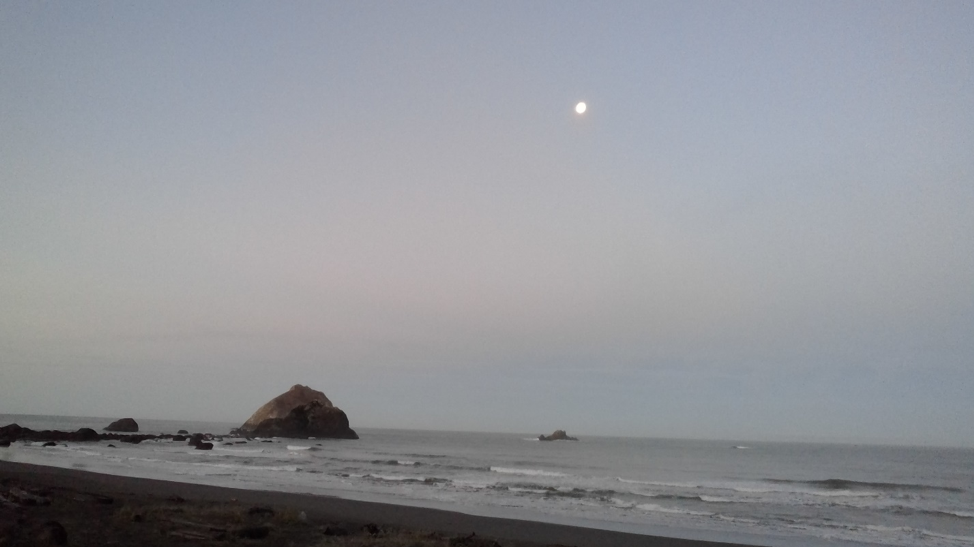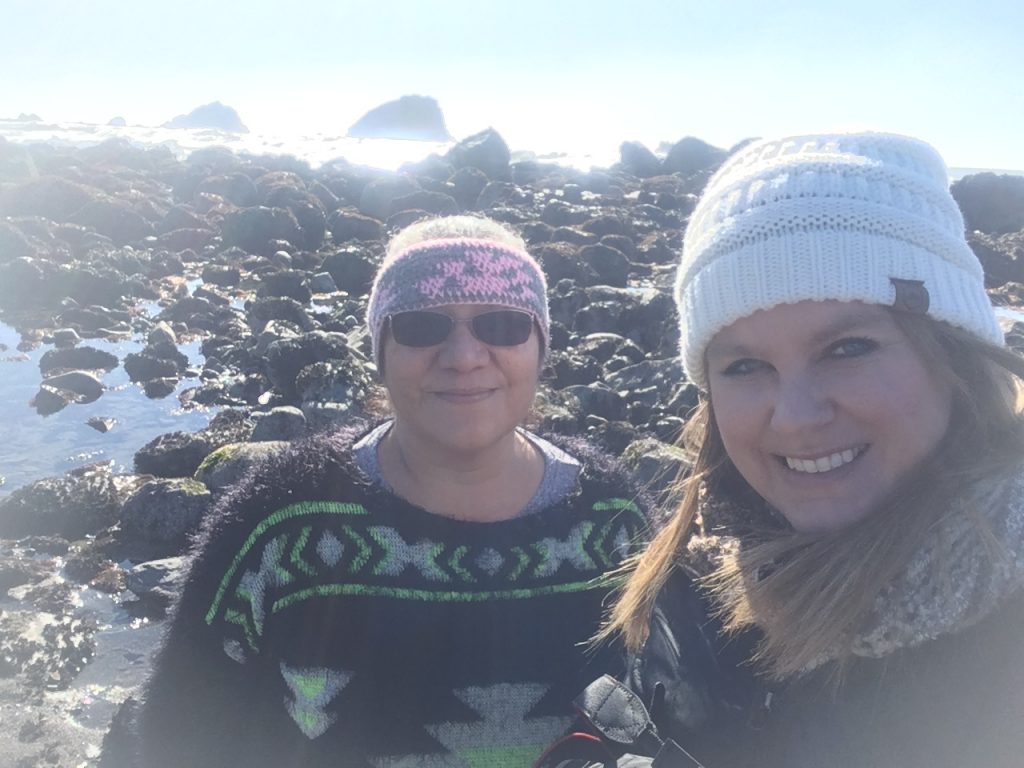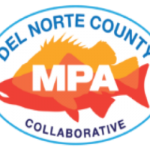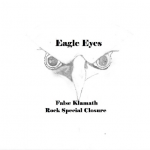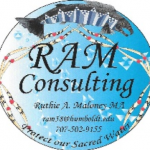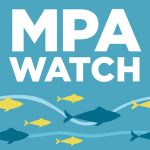The location of FKC puts it at the unique intersection of conservation management groups. As part of the Yurok ancestral territory, FKC lies on a stretch of coast with great cultural significance to many indigenous people who have been environmental stewards of this coastal ecosystem for thousands of years. Today, multiple agencies including The National Park Service and California State Parks also play a role in managing the area, which receives curious visitors year-round.
However, Yurok tribal members and local community members are aware of the North Coast’s unique landscape and are willing to contribute their expertise and knowledge for improved management. Within the last couple years, the Yurok tribe started an independent project in order to gather statistical information necessary for marine management initiatives. This group, called the Eagle Eyes of False Klamath Cove, portrays the uniqueness of the North Coast rural communities that include local tribes still practicing their culture traditions to this day.
Eagle Eyes of False Klamath Cove
In July 2017, the Eagle Eyes of False Klamath Cove (EEOFKC) began their initial extensive data collection as an observational behavioral study of human activities—from the number of people and the type of activity occurring, to the method of entrance to the beach and the type of recreational vehicles present. By identifying patterns of human behavior and use of the beach, EEOFKC aims to inform management strategies and implement interventions that reduce disturbances to marine life. The creation of North Coast baseline data is critical as preliminary research found that there were no visitor use studies or data on this area prior to EEOFKC’s data collection on human activity.
Unlike many community science programs, where volunteers only collect data for a couple hours every few weeks, EEOFKC has adopted a considerably more thorough process. Observers are stationed at an overlook for twelve hours at a time, recording all human activity (from the water to the parking lot) during the entire duration of the shift. The consistency and dedication of EEOFKC volunteers is unparalleled, and over one thousand surveys have been completed since the program commenced in 2017.
“Volunteers have appreciated that fact that they are able to preserve the beach, while having fun, going as they always have, and gaining invaluable data to protect our oceans for future generations.” John W. Corbett founder of EEOFKC
Joining Forces—EEoFKC and MPA Watch
In 2018, EEOFKC decided to align their impressive data collection methods with MPA Watch, a statewide citizen science program where trained community members contribute observational data on public use along the coast, aiding in the adaptive management of MPAs.
By adopting similar standardized protocols, EEOFKC has been able to contribute data to the MPA Watch online database which allows their surveys to be accessed on a statewide level. Since February 2018, EEOFKC has submitted over 1,451 surveys to MPA Watch, an extremely impressive collection of data considering most other sites average half that amount.




